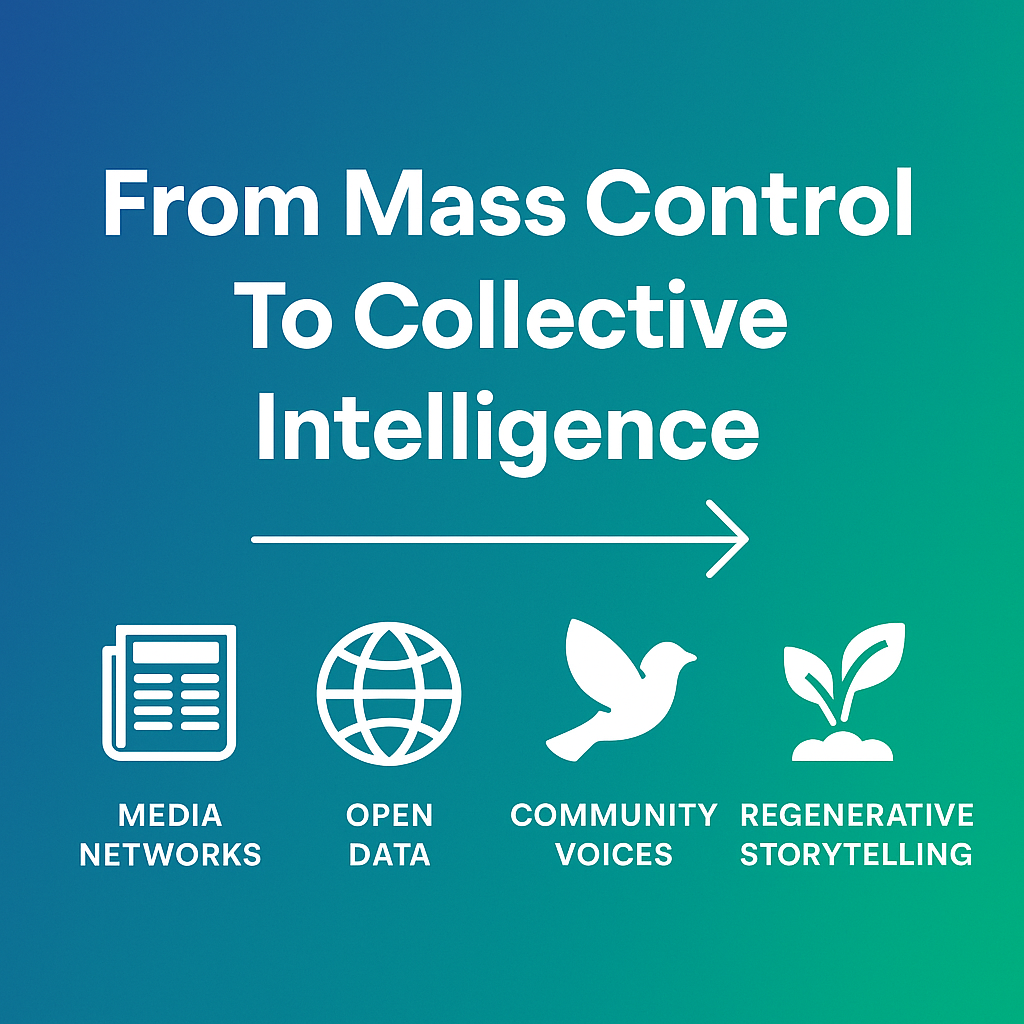
What happened
- Oracle E-Business Suite zero-day mass-exploited (Cl0p) — Oracle issued an Oct 4 advisory and patch after mass exploitation began Oct 2; victims report extortion attempts. If you run EBS, this was a drop-everything patch. (The HIPAA Journal)
- Self-propagating WhatsApp malware (“SORVEPOTEL”) targets Brazil — worm-like spread via ZIPs on WhatsApp Web; steals creds/monitors browsers; multiple threat intel shops confirm active campaigns Oct 3–6. (The Hacker News)
- Ransomware hits Japan’s Asahi Group (Qilin) — production at 6 plants was disrupted (recovered Oct 2); on Oct 7 the gang posted alleged data proof (29 images, 27 GB). Illustrates manufacturing/OT ripple risks. (Reuters)
- Europe’s airport outage still reverberating — while the Sept 20 strike on Collins Aerospace MUSE preceded this week, regulators, insurers and operators published follow-ups in early Oct on third-party risk and resilience. (Useful context as airlines harden ops.) (AP News)
- US federal cyber capacity under pressure — reports Oct 10 highlight CISA workforce cuts during the shutdown and broader federal cyber budget reductions, raising critical-infrastructure risk concerns. (New York Post)
- Africa ICT build-out: 44 MW data center in Kenya (Airtel Nxtra) — new GPU-ready, redundant-fiber facility broke ground (two 22 MW phases) to serve East Africa; gov’t emphasizes security, energy efficiency, and 2027 RFS timeline. (DataCenterKnowledge)
- 6G signaling intensifies — vendors set expectations: specs work kick-off in 2025; device timelines as early as 2028; debate grows about privacy, telemetry and attack surface. (The Manila Times)
- India malware heat-map (context) — a fresh national report pegs Surat as India’s malware capital; highlights SME risks (USB use, shared servers, low budgets) — useful for regional risk planning. (The Times of India)
Why it matters (impacts)
- Enterprise apps & supply chains: The Oracle EBS zero-day shows how quickly financial/ERP cores become extortion entry points; patch lead-time drives loss magnitude. Expect more RaaS crews to pivot into ERP ecosystems. (The HIPAA Journal)
- Consumer platforms as enterprise threat vectors: WhatsApp-borne worms blur personal–work boundaries, hitting SMBs and banks via account hijack + credential theft. BYOD and browser-based SSO raise stakes. (The Hacker News)
- Operational technology (OT) fragility: Asahi’s plant disruption + the earlier airport check-in outage underline how one vendor or one plant can snarl production or travel — with reputational, safety, and economic knock-ons. (Reuters)
- Public-sector risk surface: Cuts to national cyber capacity (e.g., CISA) increase systemic risk for water, energy, health and local govs that rely on federal guidance, threat intel, and incident response. (The Wall Street Journal)
- Global South capacity & data localization: Kenya’s new DC capacity will lower latency, improve regional cloud/AI access, and enable local data residency, but also requires stronger physical + cyber controls and reliable power. (DataCenterKnowledge)
- Next-gen networks: 6G workstreams mean more programmable, AI-assisted networks—and a larger attack surface (exposed APIs, telemetry). Security-by-design decisions made now will echo for a decade. (The Manila Times)
What to look out for / prepare for (actionable)
1) Oracle EBS emergency hygiene
- Patch per Oct 4 advisory; hunt for web-tier webshells, anomalous SQL jobs, unexpected outbound connections; rotate creds/keys; check backup integrity and exfiltration logs. (The HIPAA Journal)
2) Lock down messaging-borne worms
- Enforce attachment sandboxing and link detonation on desktop; disable auto-execution for downloaded archives; tighten session lifetimes for WhatsApp Web; enable FIDO2 for banking/finance users. (The Hacker News)
3) Third-party/critical vendor stress test
- Ask aviation/retail/logistics SaaS partners for ransomware tabletop results, RTO/RPO, immutable backups, and offline fallbacks (manual check-in equivalents). Implement contractual breach-notification SLAs. (AP News)
4) OT segmentation + safe-fail
- In manufacturing/food & bev, ensure separate identity planes for IT/OT, strict east-west segmentation, and golden image rebuild paths. Test plant run-to-safe modes without central IT. (Reuters)
5) Budget headwinds (US public sector)
- Counties/cities: pre-arrange mutual-aid IR MOUs and subscribe to ISAC feeds; invest in EDR + managed detection where staff are thin; adopt CISA BOD-style hardening baselines even if support shrinks. (The Wall Street Journal)
6) Africa data-center onboarding
- For Kenya/East Africa tenants: plan data-residency posture, sovereign key management, and power resiliency (on-site batteries/gensets); validate SOC 2 / ISO 27001 and physical controls before migration. (DCD)
7) 6G early security posture
- Track exposed network APIs, SIM/identity innovations, and supply-chain attestation plans from chipset and RAN vendors. Build a privacy threat model for pervasive telemetry. (Tom’s Guide)
